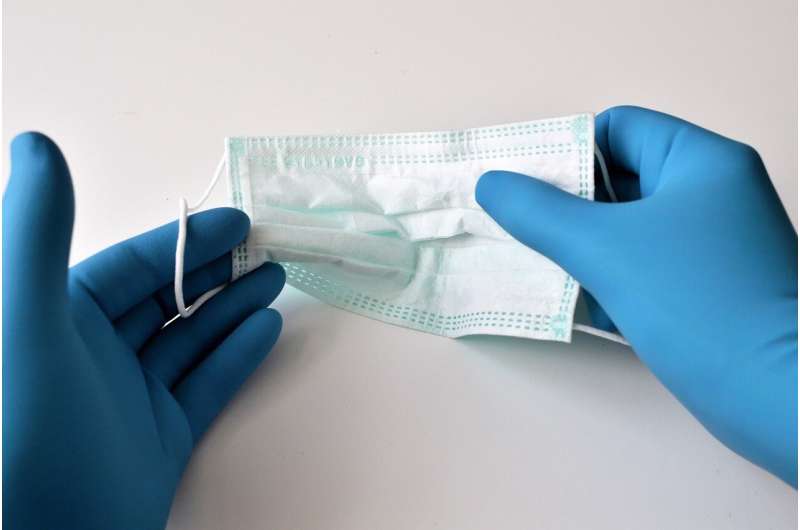Students returning home may have caused 9,400 secondary COVID-19 infections across UK

A student infected with COVID-19 returning home from university for Christmas would, on average, have infected just less than one other household member with the virus, according to a new model devised by mathematicians at Cardiff University and published in Health Systems.
Professor Paul Harper and colleagues defined an equation to predict the number of secondary household infections using variables for prevalence of the virus, the probability of secondary transmission, the number of household occupants and the total number of students returning home.
The model predicts that each infected student allowed to return home would produce, on average, 0.94 secondary infections.
"With the potential movement of over 1 million UK students for the Christmas vacation, even a modest 1% infection level (meaning 10 in 1,000 students are infected, perhaps many of them without symptoms at the time of travel) would equate to 9,400 new secondary household cases across the country," says Professor Harper.
As the study does not consider transmission to the students' wider home communities or include the journey home—which may give rise to a larger number of cases, particularly if public transport is taken—the numbers are a lower bound on the likely impact of transmissions and new cases.
However, although the indicative levels of secondary infections are potentially very large, multiple strategies can be adopted to help reduce the number of students taking COVID-19 home, the authors say. These include strongly advising students not to mix in the days leading up to departure, implementing staggered departure times and facilitating mass testing of students before they head home.
The authors have provided computer code and an online app (https://josh-will-moore.shinyapps.io/Infection_rates_returning_students/) to allow anyone to rerun and adapt the simulations. "The code and app are quick to run with a focus on accessibility so that a user can rapidly change the input probabilities to suit their data, thereby generating their own results based on localised parameters," the authors say.
Their results have been presented to the Welsh Government and have informed policy in relation to the two-week firebreak in Wales in October/November and for the forthcoming vacation. The data has also been communicated across the governments of England, Scotland and Northern Ireland.
More information: Paul R. Harper et al, Covid-19 transmission modelling of students returning home from university, Health Systems (2021). DOI: 10.1080/20476965.2020.1857214




















